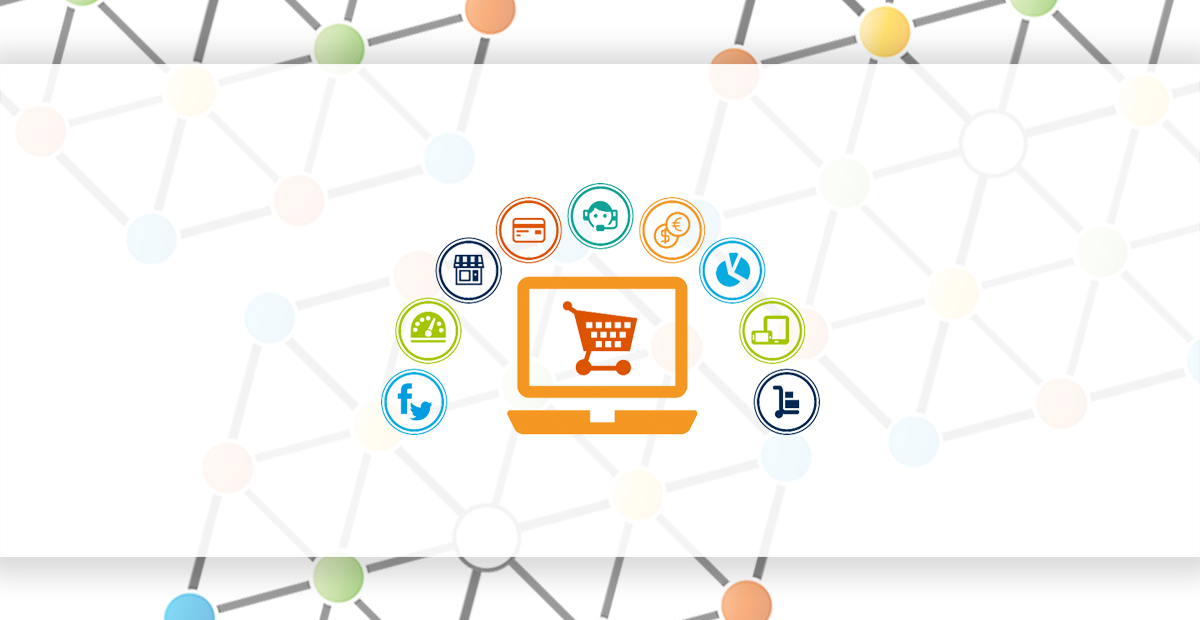“The Internet has become a wizard of sorts who can predict your demands based on the requirements and is due to the adoption of Artificial Intelligence (AI). Deep learning algorithms have already started working their bit to forever uplift the world of automated ads, to that extent that they can now predict the online behaviour of an average user.”
E-commerce has emerged to be one of the giant role-playing industries in the business market with a global presence. As a consequence of huge past transformation, the competition amongst the e-commerce brands has intensified, not just in terms of the business generated, but more so in terms of customer acquisition and retention. With the number of brands, customers & other factors having multiplied exponentially, the e-commerce players are in a cut-throat hustle to get ahead in the competition. A study by Gartner reveals that by 2020, around 80-85% of customer interactions will be handled by Artificial Intelligence. The same research also shares that 67% survey respondents believe that AI will help them enhance their organisation’s efficiency and AI will be a top five investment priority for more than 20% of CIOs.
This implies that the e-commerce companies would have to serve every single customer with increased, customized personal attention, much like the attention they receive in the retail outlets. In a report about the future of A.I., Accenture predicts that A.I. could boost profitability rates by 38% in the wholesale and retail industries by 2035.
Whether it is to create such highly personalized experiences that combine the personal feel of an in-store experience with the ease and convenience of online shopping, or to reduce their ROI by optimising their operations, e-commerce players have now begun to adopt artificial intelligence and data analytics, as the sophisticated tools, to achieve the desired results.
Algorithms that pay heed
The Internet has become a wizard of sorts who can predict your demands based on the requirements and is due to the adoption of Artificial Intelligence (AI). Deep learning algorithms have already started working their bit to forever uplift the world of automated ads, to that extent that they can now predict the online behaviour of an average user.
Bots, VPA’s and platforms
Bots are usually programmed to find the quickest, most effective way to achieve a goal and they optimize their process by gathering data and information from the customers. Artificial Intelligence controlled bots can easily reach millions of customers, find the apt leads, write follow-up emails as well as automate the entire sales sequence more effectively. By minimizing their marketing expenses with these smart solutions, even small and medium-sized businesses (SMBs) can now compete with the big players, who are already ruling the market, and their enormous budgets. This will help in reducing workload by up to 90% in order to save resources as well as time.
Virtual Personal Assistants (VPAs) will also transform how consumers interact with ecommerce companies. In fact, by 2020, Garter Research predicts end-user spending on VPA speakers will reach $2.1 billion, growing at a compound annual growth rate of 43% from 2015 through 2020, while by 2018, 30% of our interactions with technology will be through “conversations”.
Re-target potential customers
According to research, almost 33% of the marketing leads are not followed up by the sales team. Often this also happens when most of the businesses are overloaded with customer data. There needs to be a lot of planning which goes into understanding the cycle.
Timeline of AI in E-Commerce

Example of Nearbuy
Nearbuy, earlier named as Groupon India, is one of the few prominent names in the hyper-local e-commerce marketplace that has successfully served more than 4 million customers across 33 cities to connect. It has helped its customers to connect, discover, buy, and save on nearly 50,000 products, offered by the local merchants in the respective cities.
With the AI solutions by Boxx.ai, Nearbuy observed an overall increase in the click-to-open-ratio (CTOR) by 35.7%, in response to the email notifications that were communicated to the customers. As a response to the app notifications, an overall increase of 51.6% was achieved in the revenue generated.
CONCLUSION
The future of e-commerce seems very much married to analytics & the growth of AI based tech to optimise this relationship – the number of products, transactions are only expected to grow and the time spent on shopping & delivery are surely expected to go down, and for such a reality to come to fruition the implementation and investment into smart technologies is critical.
Whether you run an e-commerce business, big or small, or you’re a consumer, mainstream or niche, exciting times lay ahead of us, where you may potentially be presented with the products/services you need and want automatically based on your day to day activities.





